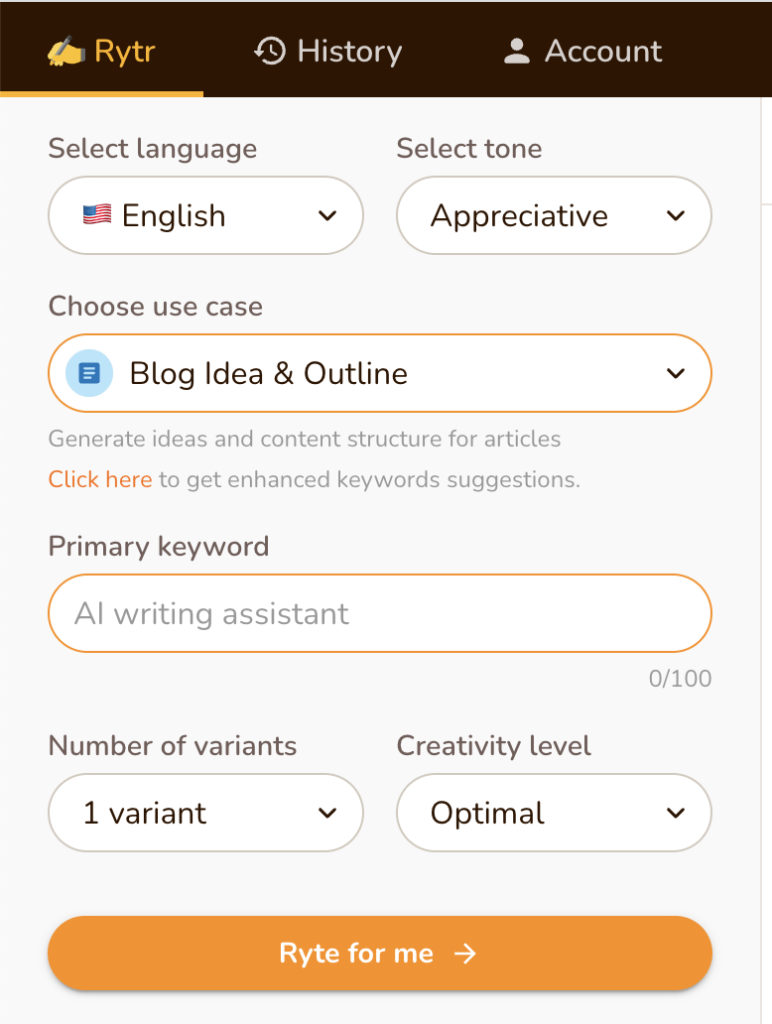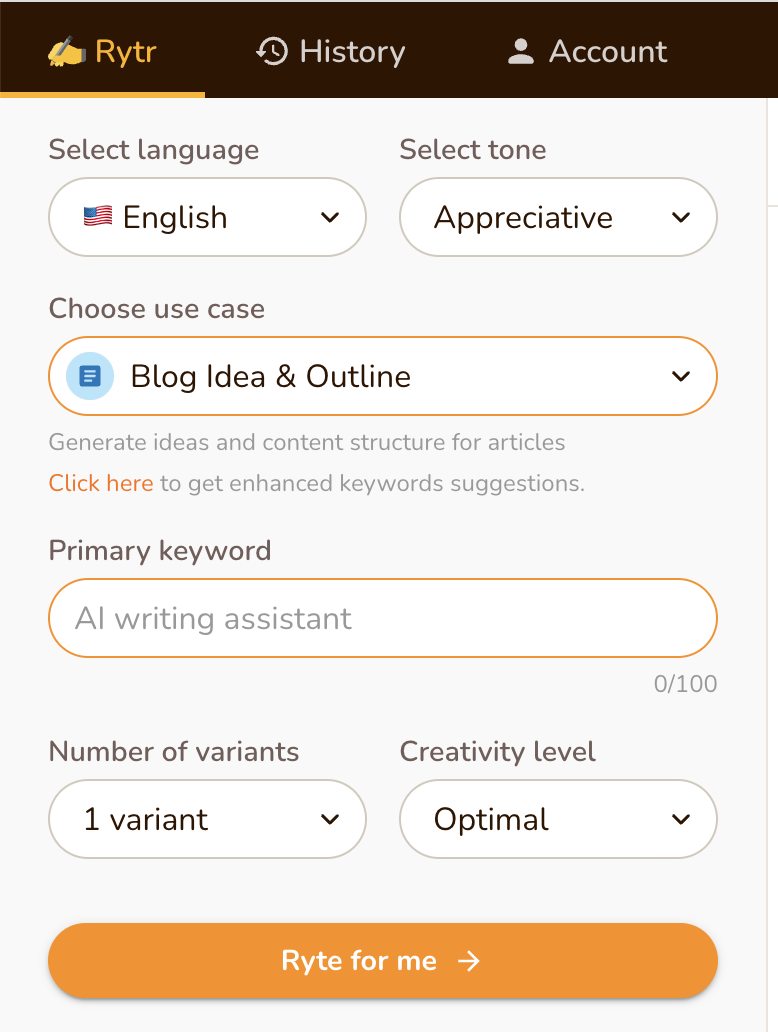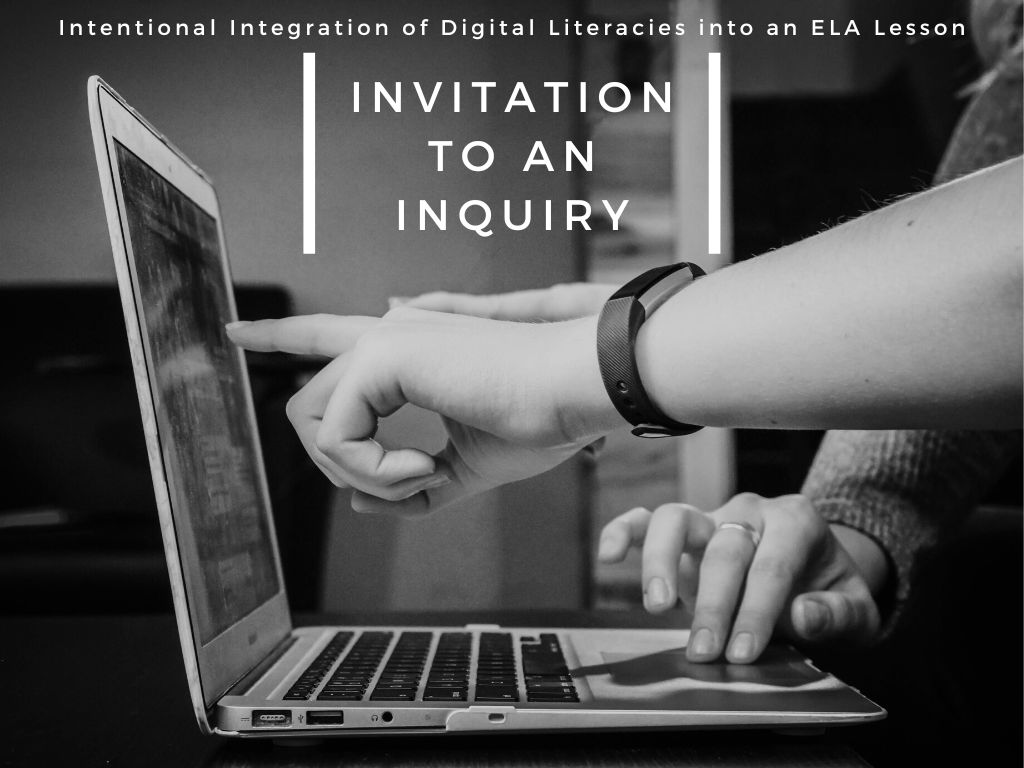So, I am clearly coming to the conversation on AI a bit late.
As ChatGPT has heralded the “death of the college essay” and “the end of high school English” — and as we see both combative and generative approaches to the role of AI in writing instruction — I might be adding this blog post a bit behind the curve (though I was honored to be interviewed for a story about AI in writing this past week, published in Bridge Michigan).
Of course, I think that this is really the beginning of a much longer conversation that we are going to have about the role of technology and the ways in which we might approach it. So, it is not so much as I am late to the conversation, as it is that I am hoping we move it in a different direction.
Others in academia and beyond are, to be clear, already calling for this pivot, so I am not the first on this count either.
Still, I want to echo it here. Paul Fyfe, Director of the Graduate Certificate in Digital Humanities at NCSU, describes a compelling approach in a recent quote from Inside Higher Ed:
For the past few semesters, I’ve given students assignments to “cheat” on their final papers with text-generating software. In doing so, most students learn—often to their surprise—as much about the limits of these technologies as their seemingly revolutionary potential. Some come away quite critical of AI, believing more firmly in their own voices. Others grow curious about how to adapt these tools for different goals or about professional or educational domains they could impact. Few believe they can or should push a button
Paul Fyfe, associate professor of English and director of the graduate certificate in digital humanities, North Carolina State University (cited from Inside Higher Ed)
Like Fyfe, I too lean into the idea that we need to both rethink our writing assignments and to invite our students to “cheat” on them. AI can be used for idea generation (and refinement), and it can also be used as a way for us to reconsider genre and style. For instance, I continue to be intrigued by the options offered in Rytr, in particular, as it allows us to choose:
- Tone, including options such as “compassionate,” “thoughtful,” and “worried.”
- “Use case” or style, including options such as “blog idea and outline,” “email,” and “call to action.”
- The option to produce up to three variants, with differing levels of “creativity.”
The screenshot below shows the Rytr interface, and the ways that these options can be easily chosen from dropdown menus before a writer enters their keywords and was Ryter use its AI abilities to, well, “ryt” for them.
Unlike the input interface of ChatGPT and other AI writing tools (which, to their credit, allows for natural language input for “write in the style of” including pirates and the King James Bible), the interface for Rytr is prompting me to consider a variety of contextual factors.
As a writer and teacher of writing, this set of choices available in Rytr fascinates me.

Just as the “Framework for Success in Postsecondary Writing” invites student to engage in a variety of “habits of mind” such as “curiosity” and “flexibility,” I think that that AI writing tools, too, can give us opportunities to engage our students in productive conversations and activities as they create AI output (and re-create that output through a collaborative co-authoring with the AI).
Also, I think that we need to ask some serious questions about the design of our writing assignments.
When the vast majority of writing assignments have, well, already been written about and replied to (see: any essay writing mill, ever), we need to consider what it is that really constitutes a strong writing assignment — as well as the various audiences, positions, time frames, research sources, and alternative genres (Gardner, 2011) — in order to design meaningful tasks for our students that tools like ChatGPT will be, if not unable to answer, at least unable to answer as well as our students could through their knowledge of the content, their ability to integrate meaningful citations, and their writerly creativity.
From there, I am also reminded of NWP’s “Writing Assignment Framework and Overview,” which also suggests that we must design our assignments as one component of instruction, with reflective questions that we must ask (p. 4 in PDF):
What do I want my students to learn from this assignment? For whom are they writing and for what purpose? What do I think the final product should look like? What processes will help the students? How do I teach and communicate with the students about these matters?
National Writing Project’s “Writing Assignment Framework and Overview“
As we consider these questions, we might better be able to plan for the kind of instruction and modeling we may offer our students (likely using AI writing tools in the process) as well as thinking about how they might help define their own audiences, purposes, and genres. With that, we might also consider how traditional writing tasks could be coupled with multimodal components, inviting students to compose across text, image, video, and other media in order to demonstrate competency in a variety of ways.
If we continue to explore these options in our assignment design — and welcome students to work with us to choose elements of their writing tasks — it is likely that they will develop the kinds of intentional, deliberate stance toward their own work as writers.
They can, as the Framework implies, “approach learning from an active stance” (p. 4) and “be well positioned to meet the writing challenges in the full spectrum of academic courses and later in their careers” (p. 2). As the oft-mentioned idea in education goes, we need to prepare our students for jobs that have not been invented yet, and AI writing tools are likely to play a part in their work.
All that said, I don’t know that I have answers.
Yet, I hope we continue to ask questions, and will do so again soon. To that end, I welcome you to join me and my colleague Dan Lawson for a workshop on this topic, described in the paragraphs below.
Since its launch in late November of 2022, ChatGPT has brought an already simmering debate about the use of AI in writing to the public’s attention. Now, as school districts and higher education institutions are deciding what to do with next steps, as writing teachers, we wonder: how can educators, across grades levels and disciplines, explore the use of AI writing in their classrooms as a tool for idea generation, rhetorical analysis, and, perhaps, as a “co-authoring” tool? Moreover, how do we adapt our assignments and instruction to help students bring a critical perspective to their use of AI writing tools?
As I try to explore this a bit more, please join Dan Lawson and me on Thursday, February 2nd from 3:30 to 5:00 p.m. for a hyflex workshop (in person at CMU or online via WebEx) on revising writing assignments to better facilitate authentic learning goals. Please bring an assignment sheet for a current writing assignment. We will use AI writing applications to consider how best to revise those assignments and adapt our instruction for this changing context.
Register here.
This work is licensed under a Creative Commons Attribution-NonCommercial-ShareAlike 4.0 International License.


